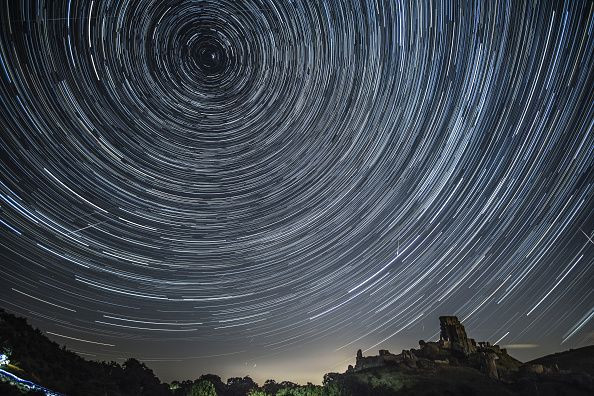Meteor Shower July 2019: Dual Showers To Bring 25 Meteors Per Hour

Earth is about two witness two stunning meteor showers from the Southern Delta Aquarids and the Alpha Capricornids near the end of July. During their peaks, the showers are expected to provide about 20 to 25 meteors per hour.
The Southern Delta Aquarids and the Alpha Capricornids are yearly meteor showers that begin in sometime in the second week of July and ends in mid-August. These two showers are expected to reach their peaks from July 28 to 30.
During these dates, several meteors from the two showers will be visible from Earth. According to Fox 35, up to 25 meteors will light up the night sky per hour during the showers’ peaks.
Stargazers in the Northern Hemisphere will be able to spot a few meteors from the showers by scanning the low southern horizon near the constellation Aquarius.
Those in the Southern Hemisphere, on the other hand, will be able to spot the meteor showers more easily since they will appear higher in the sky, according to National Geographic.
The Southern Delta Aquarids meteor shower was created following the breakup of a large comet. The two halves of the comet are now referred to as Marsden and Kracht Sungrazing.
As for the Alpha Capricornids, its meteors are the leftover debris of the parent comet 169P/NEAT. According to astronomers, about half of the comet got destroyed 3,500 to 5,000 years ago. The trail of dust cloud that was formed from the broken half of the comet drifted into Earth’s orbit and became an annual meteor shower.
The arrival of the Southern Delta Aquarids and the Alpha Capricornids will coincide with another annual meteor shower known as the Perseid, which usually occurs from July 17 to Aug. 24.
The Perseid is regarded by astronomers as one of the most dramatic and prolific annual meteor showers due to its high volume. During the shower’s peak, which typically happens between Aug. 9 and 14, at least 60 meteors per hour can be spotted.
This meteor shower’s radiant point lies within the constellation Perseus. It originated from Swift-Tuttle, a periodic comet that completes its orbital cycle every 133 years.
© Copyright IBTimes 2024. All rights reserved.





















